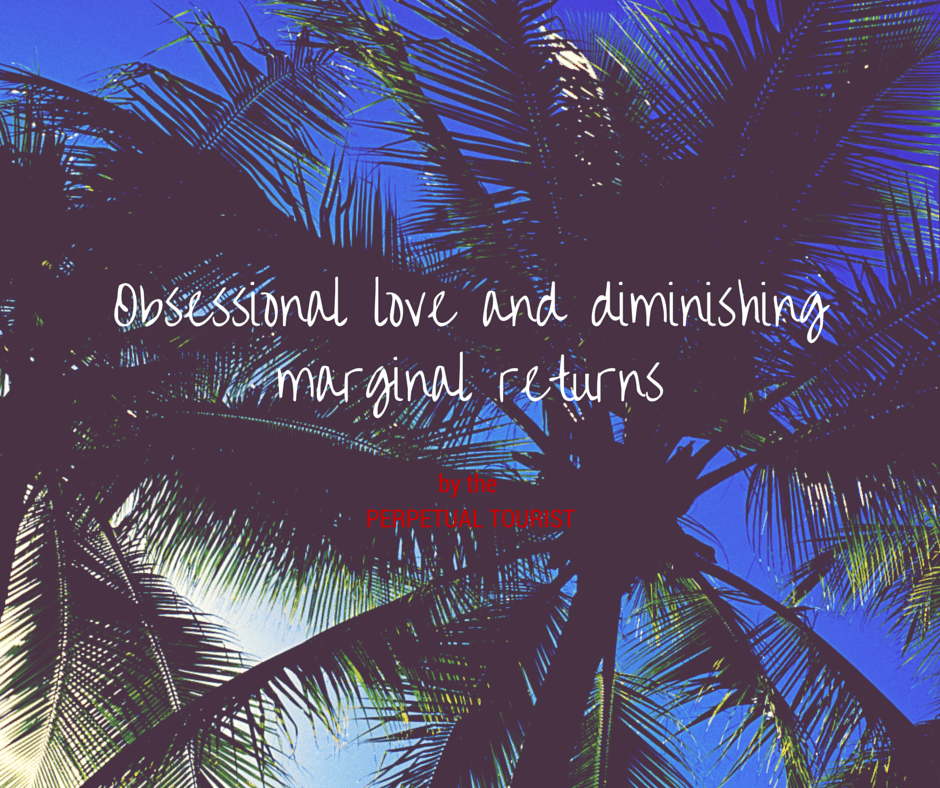
More often than not, when I’m asked by immigration officers from which country I’m coming, I have to take a beat to remember. If they then ask which countries I’ve visited in the previous month, then there’s a lot of pausing and head-scratching involved. From a straw pole of my frequent-flying friends, I understand that this is quite a common problem, and not just with those closer to 40 than 20.
Yet, despite this being an apparently everyday phenomenon, I still find it vaguely disquieting. Not because I find it embarrassing to forget something so simple, nor because it makes you look like a bit of a blasé douche, but mainly because I worry that the volume of travel that I do has diminished my joy from visiting different places.
So, is it true that travelling frequently (for me, 2-3 countries per week) and to lots of different countries (105 and counting) means you lose some of your ability to be enchanted by new places, and it would actually be more enjoyable to travel less?
Istanbul is a city where I worked for a few happy months almost a decade ago, so I had ticked most of the tourist boxes – no mean feat given the fantastic array of boxes that Istanbul has to tick. Likewise, when I visited it again recently, my travelling companion had been working there for a few months, so both of us were looking for things a little off the beaten track.
To this end, I can recommend the Museum of Innocence, tucked down a side street a couple of hundred metres from Istiklal avenue. Before visiting, you do need some background which can be most easily garnered by reading the novel of the same name by Orhan Pamuk. The book is about obsessional male love for a younger woman and his collection of artefacts from the moments of happiness they have together. The museum is the collection of these artefacts, which follow the narrative arc of the book.
There are four things I really love about the museum. First, that he bothered to create it in the first place. It’s a lovely example of taking a piece of art in one medium and extending it to another.
Secondly, I enjoy the speculation it raises about the extent to which this story is autobiographical rather than pure fiction: the sheer level of detail in the place betrays an obsessive nature that makes you think there could well be a real story behind the whole thing.
Thirdly, I love the exhibit on the ground floor to the right of the entrance which has the lipstick-stained butt of every cigarette smoked by the object of this obsession pinned to a board, tracking across multiple years like an infographic from a cancer awareness campaign.
Finally, my favorite thing about the museum is the quote written on the wall on the top floor. It comes at the end of the chronology of the story, and after you’ve passed thousands of objects showing a life consumed by a single obsession, and it reads ‘let everyone know, I lived a very happy life’. I like this sentiment mainly because it runs contrary to popular sentiment on obsession and happiness. I also find it particularly resonant because it makes me feel better about the possibility that I travel in order to collect countries and associated anecdotes, whilst simultaneously demonstrating that is precisely not what I do by being a perfect example of the world’s limitless capacity to enchant.